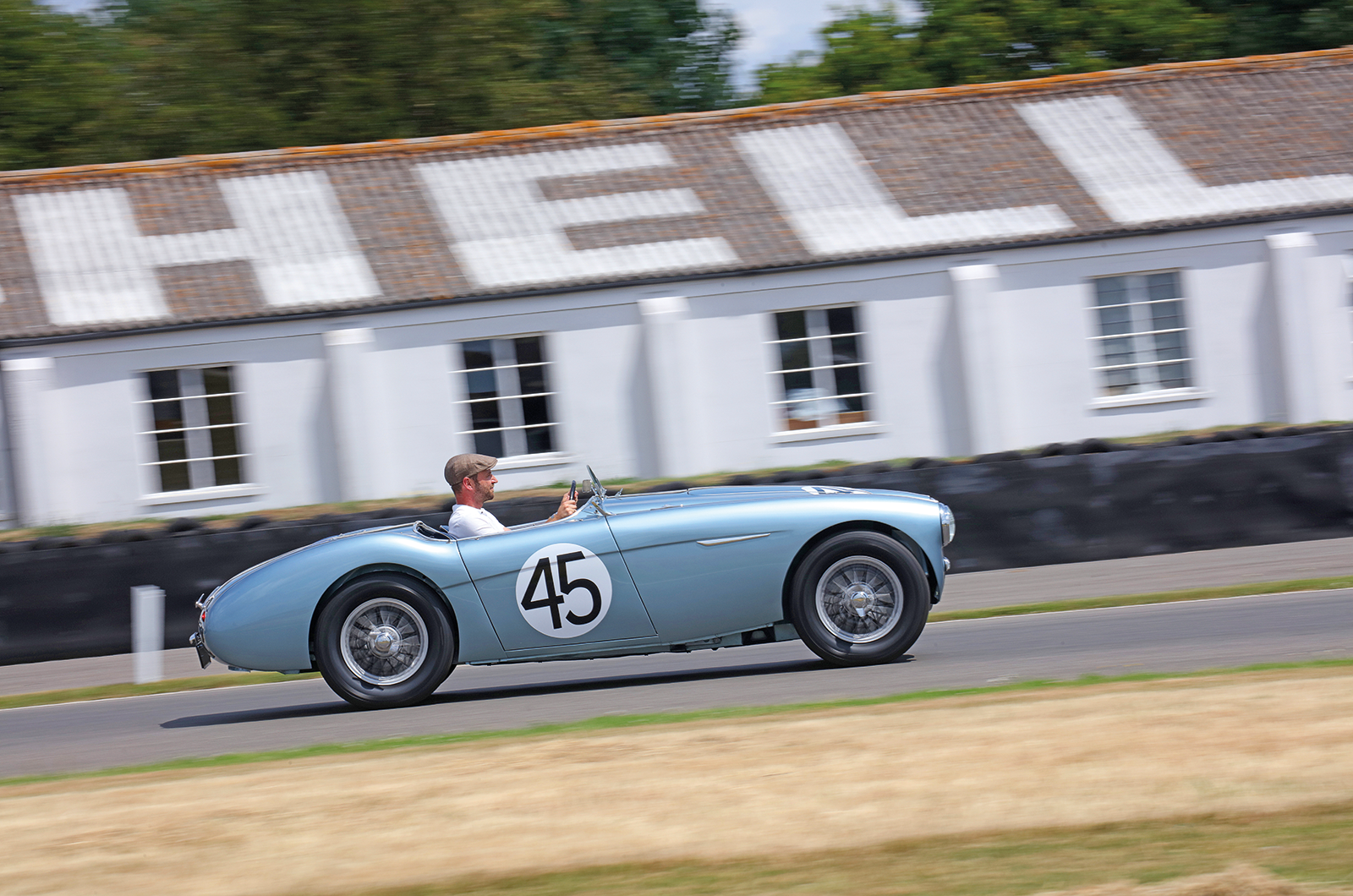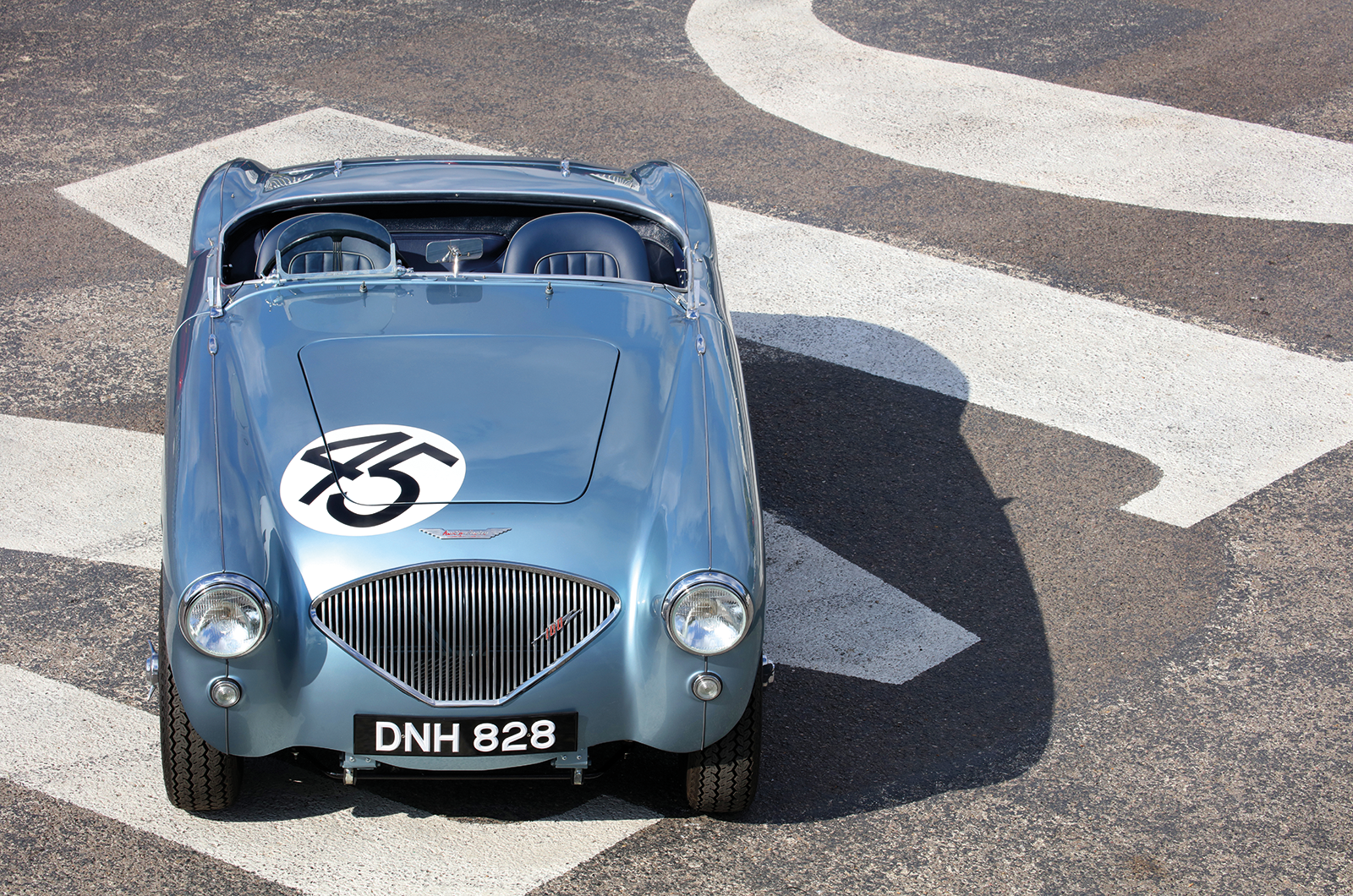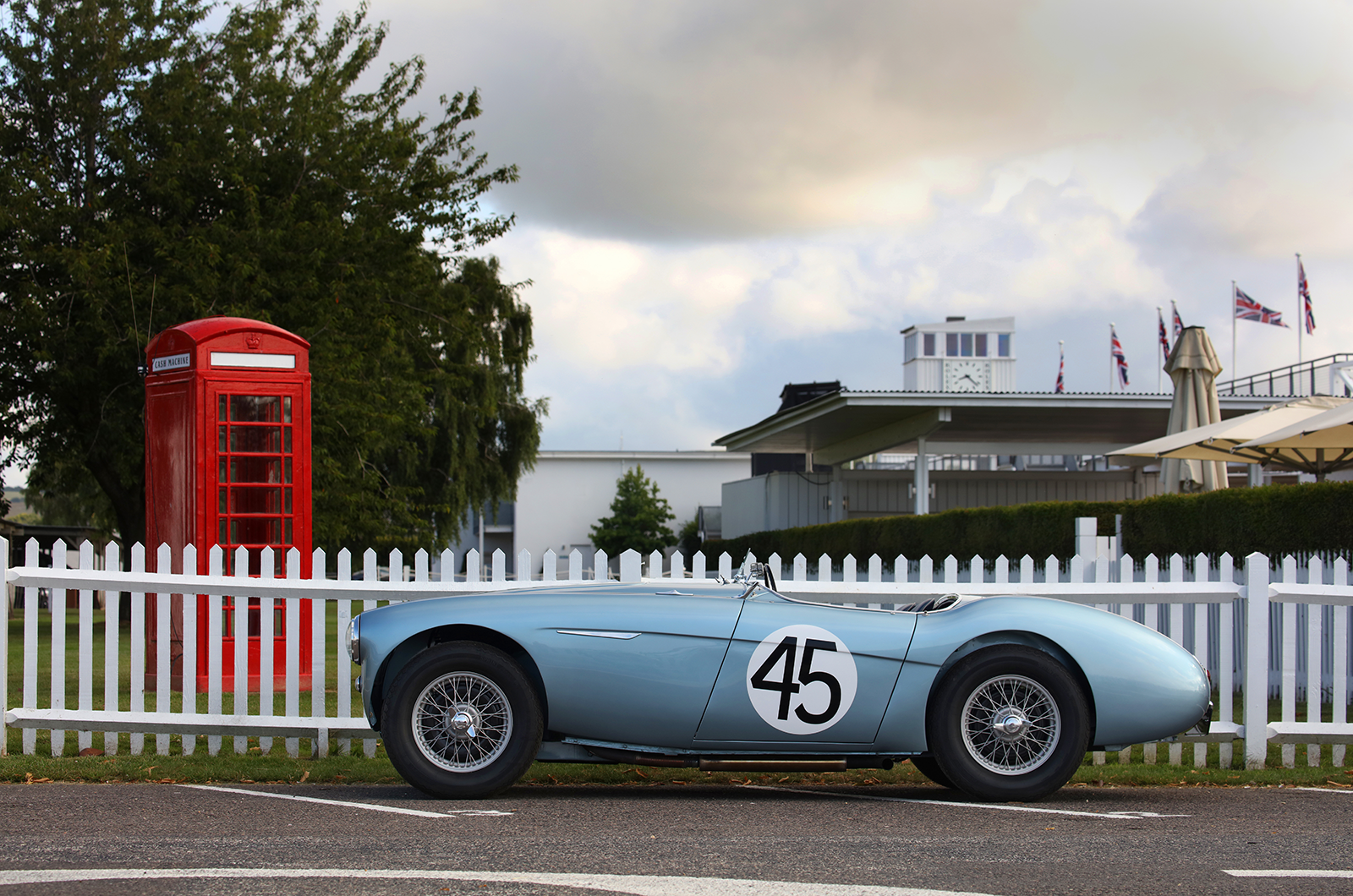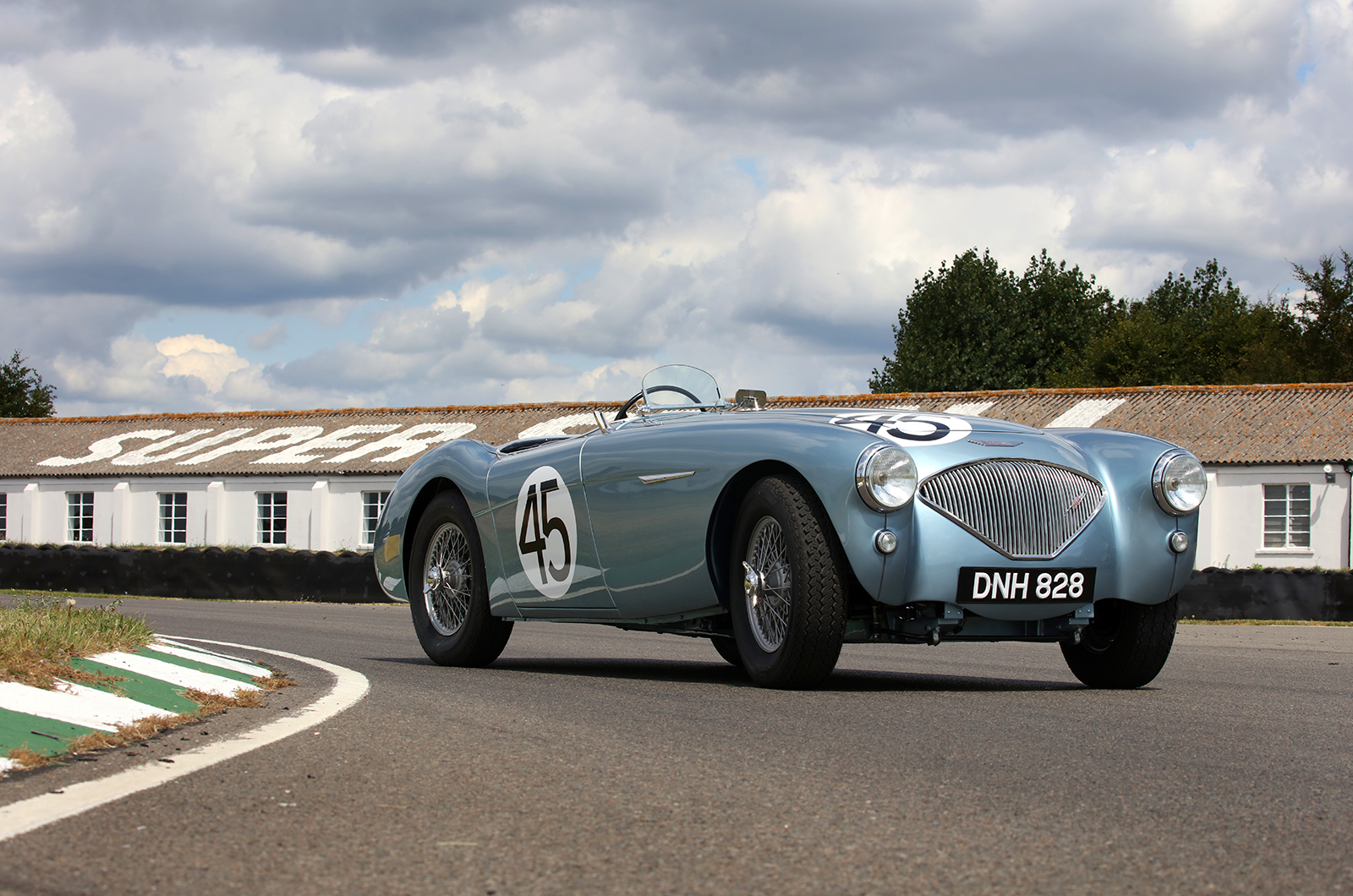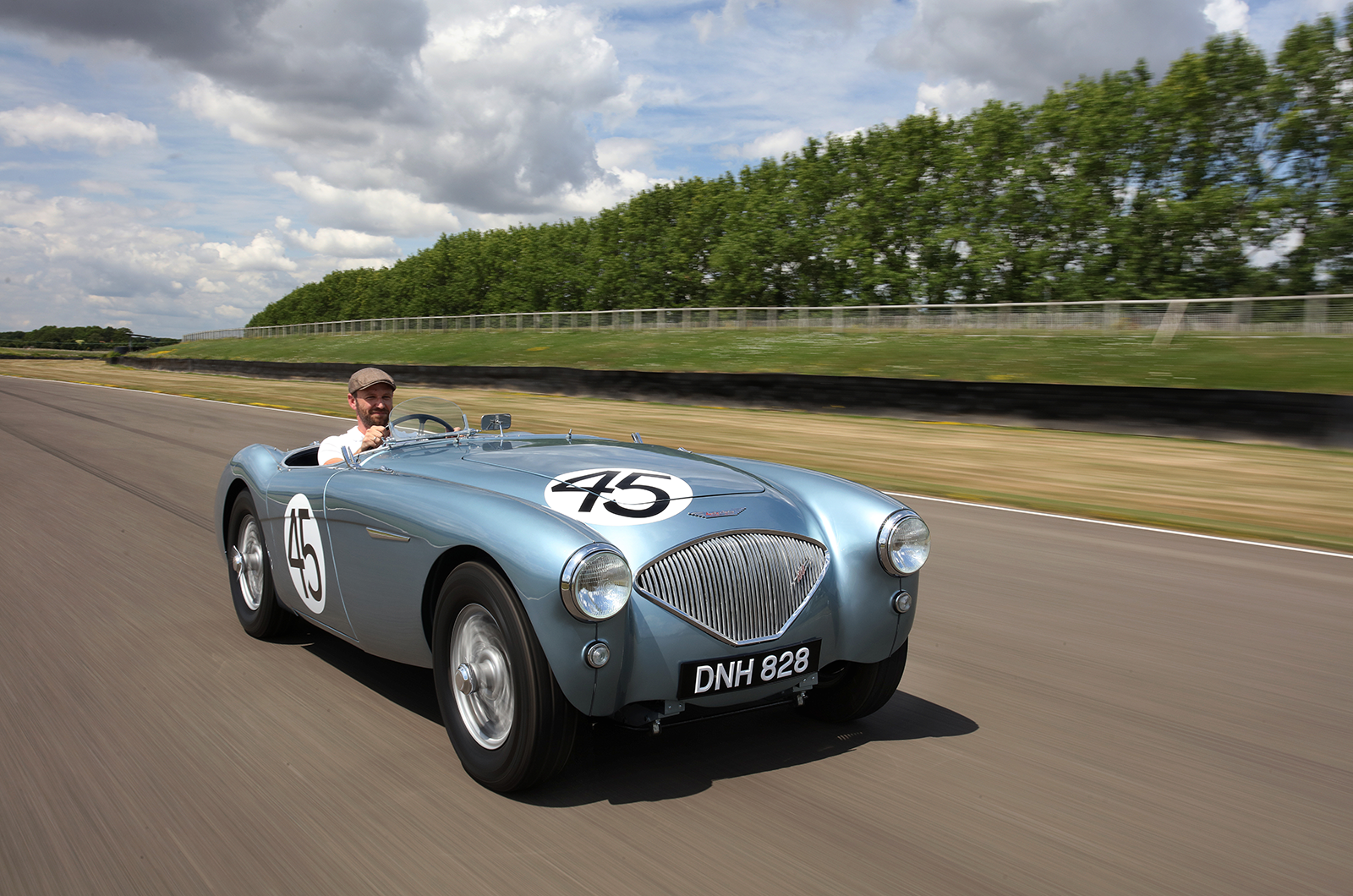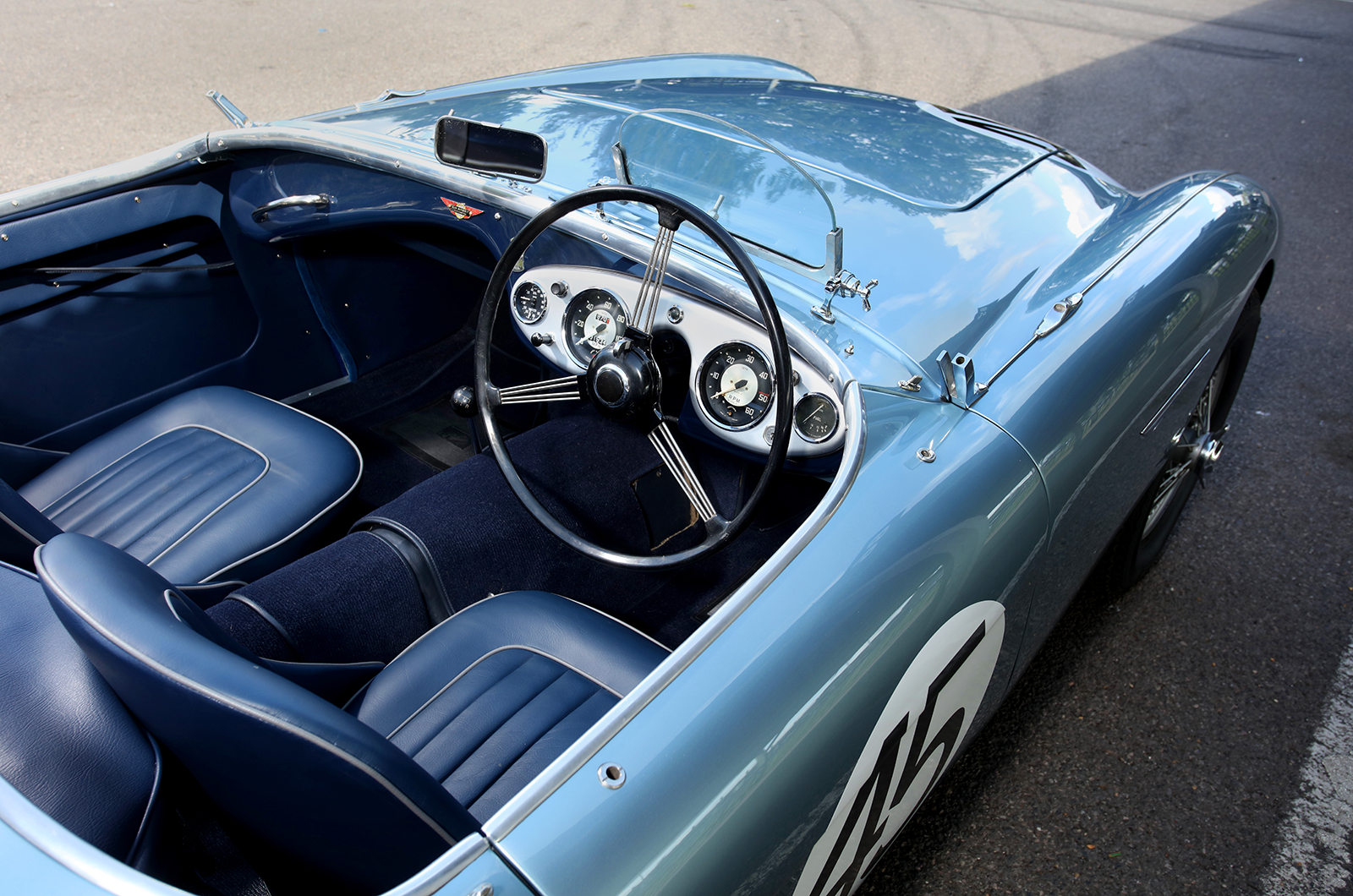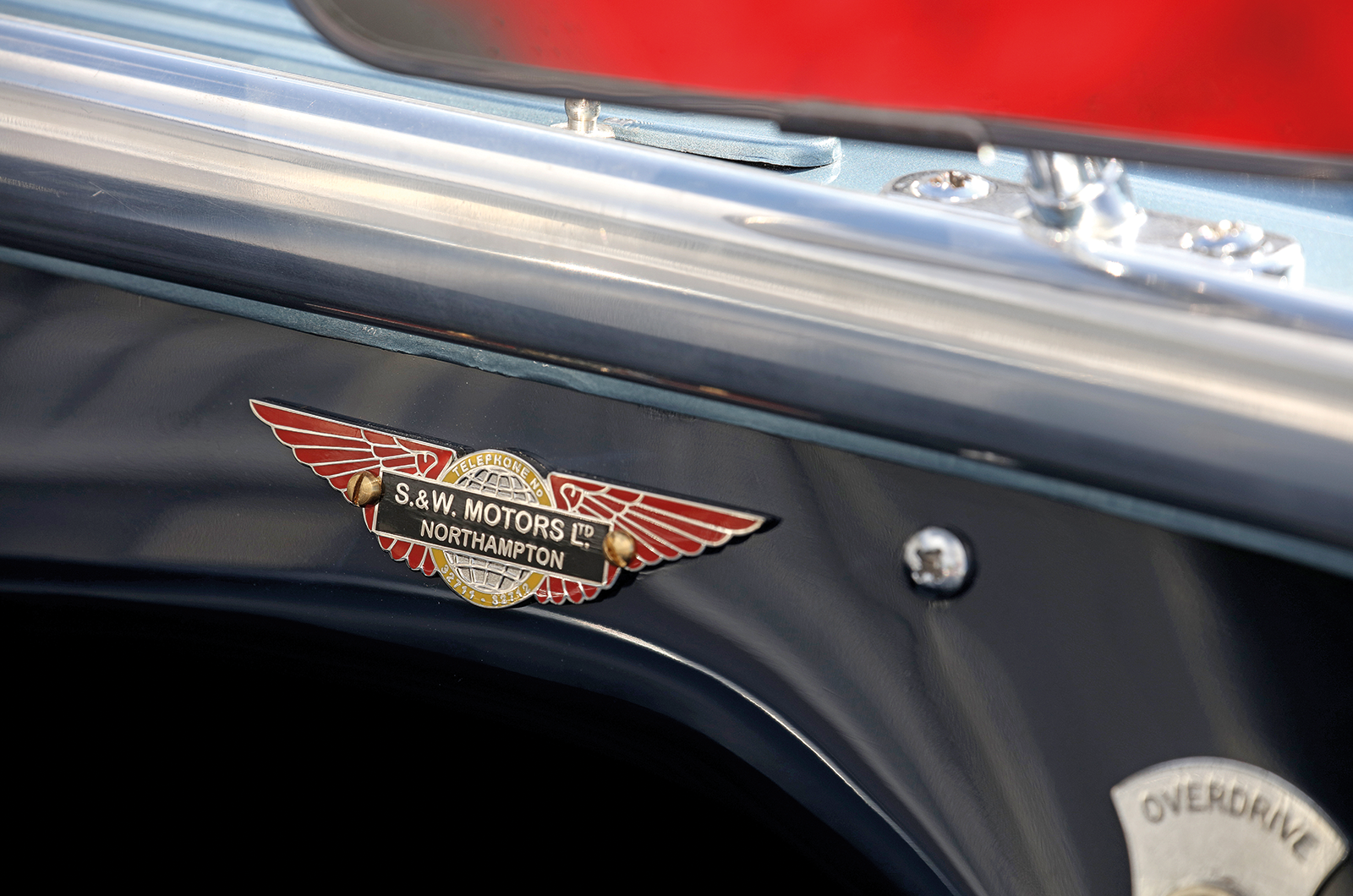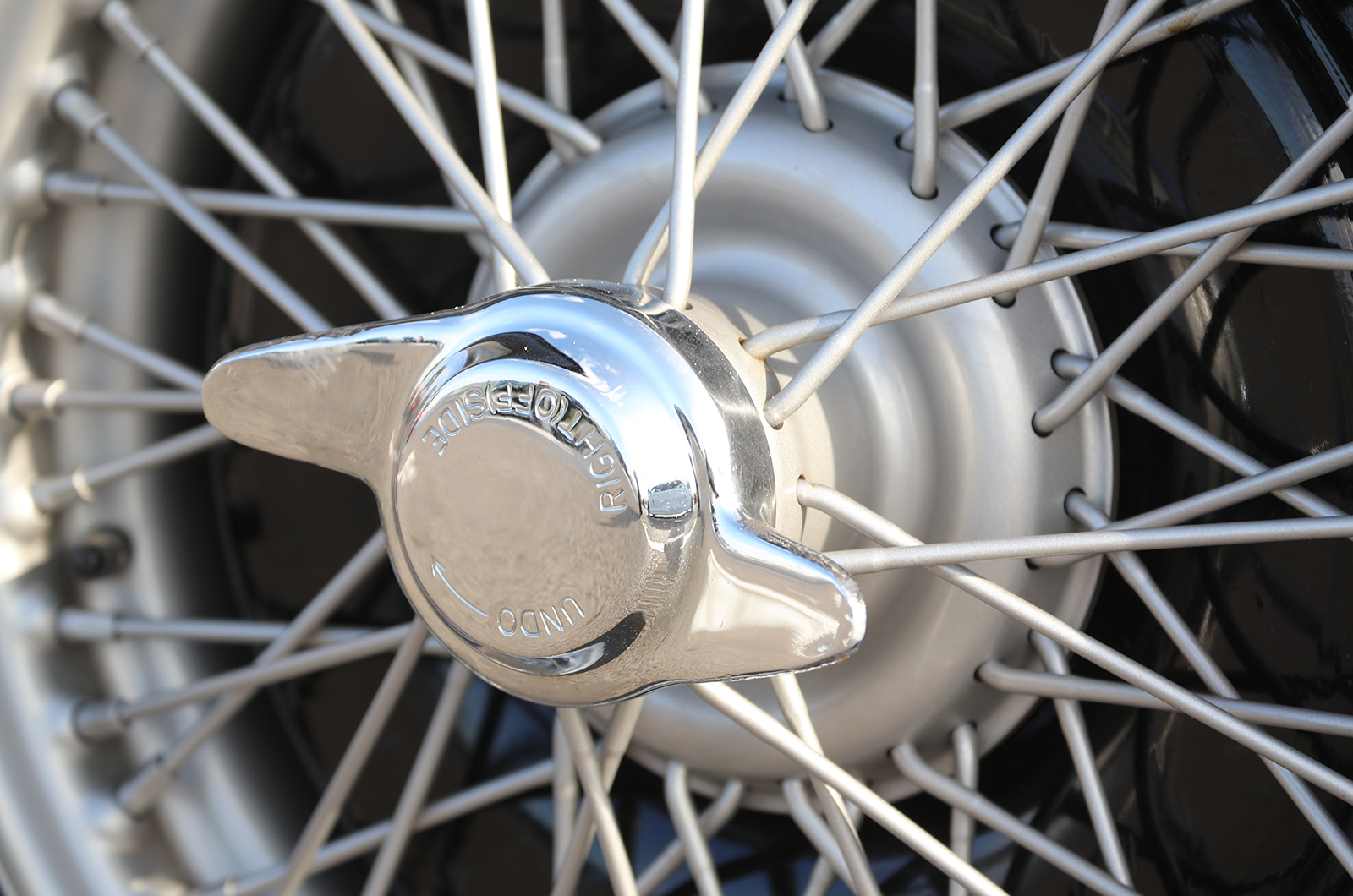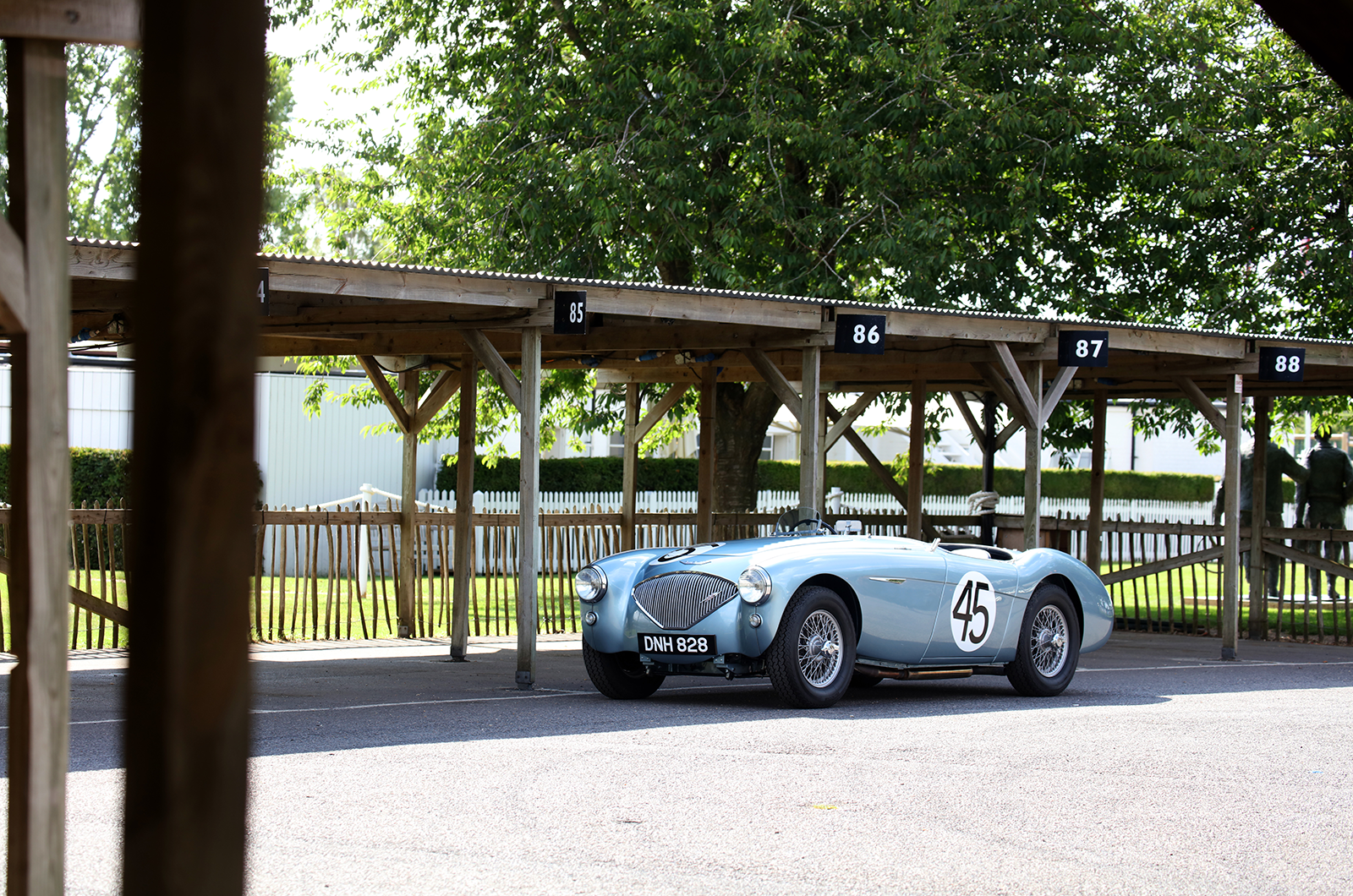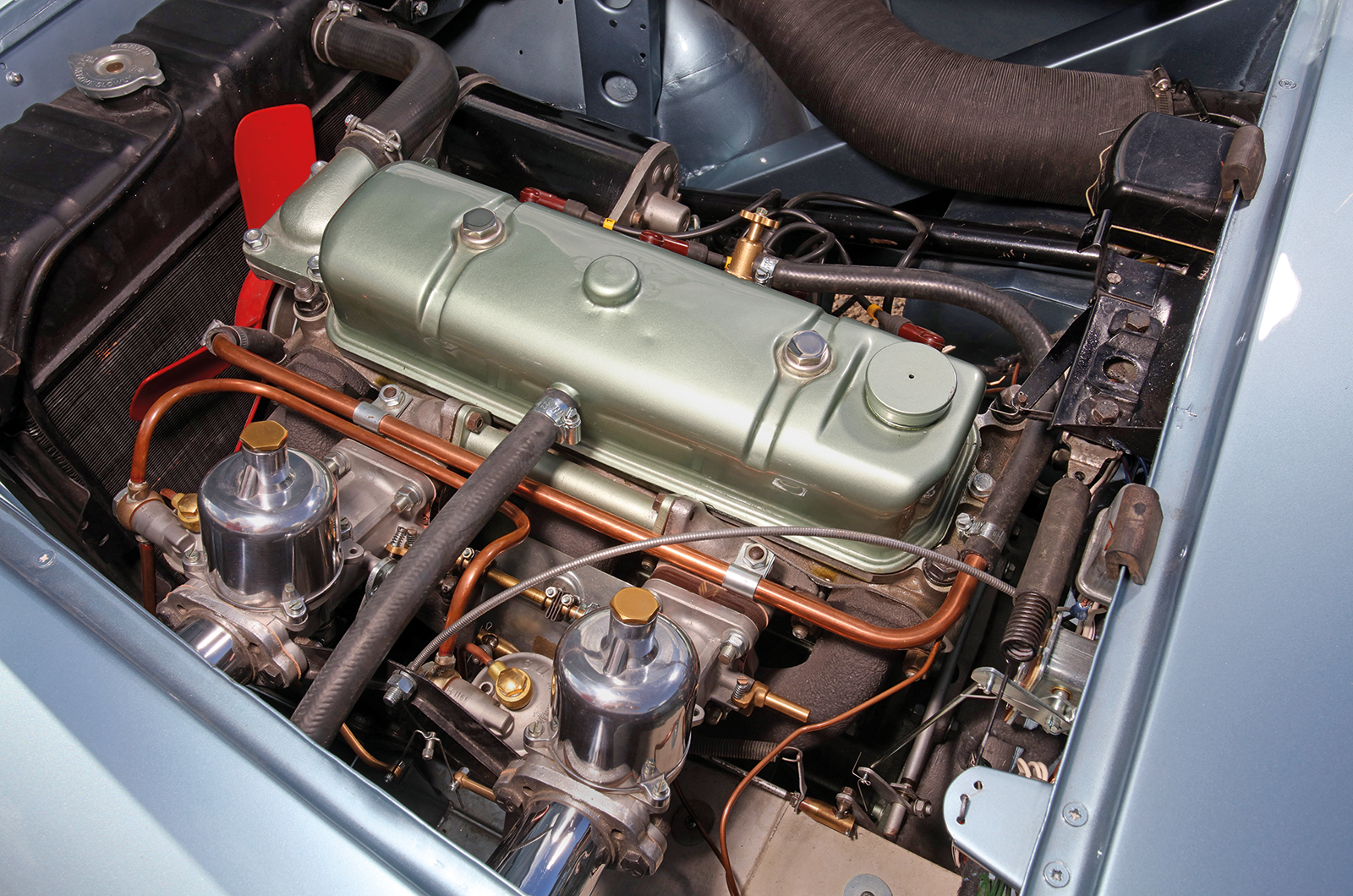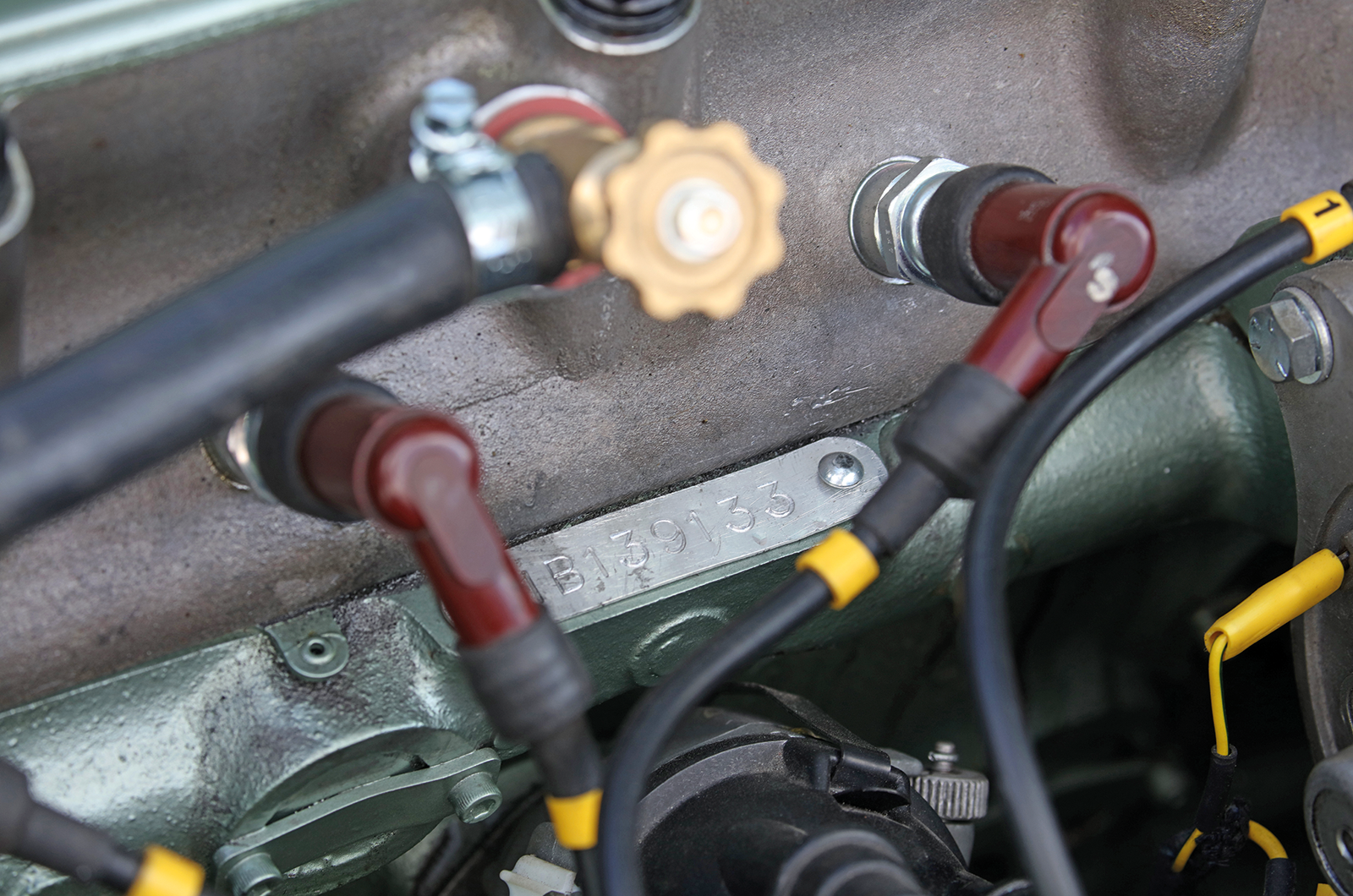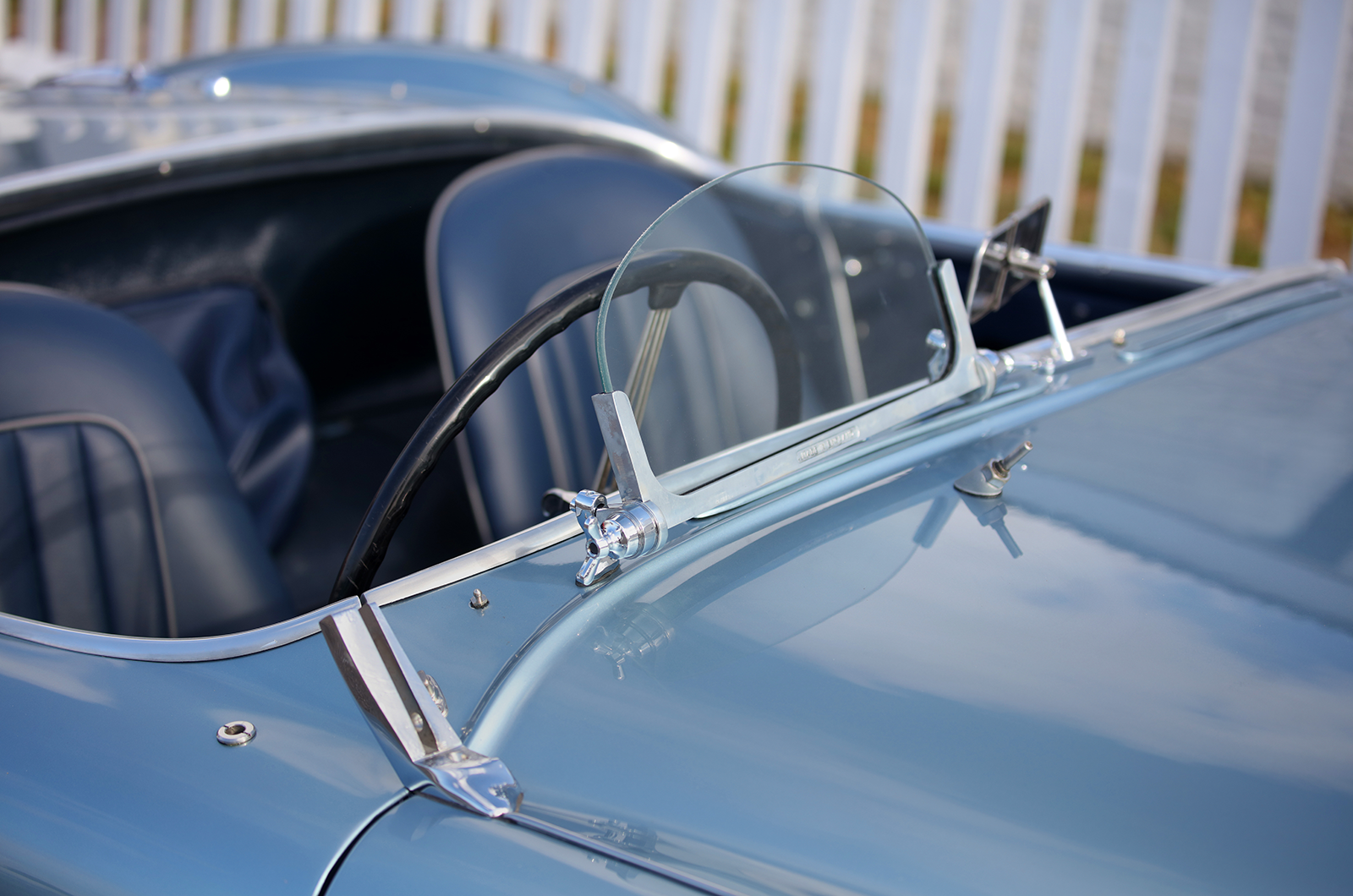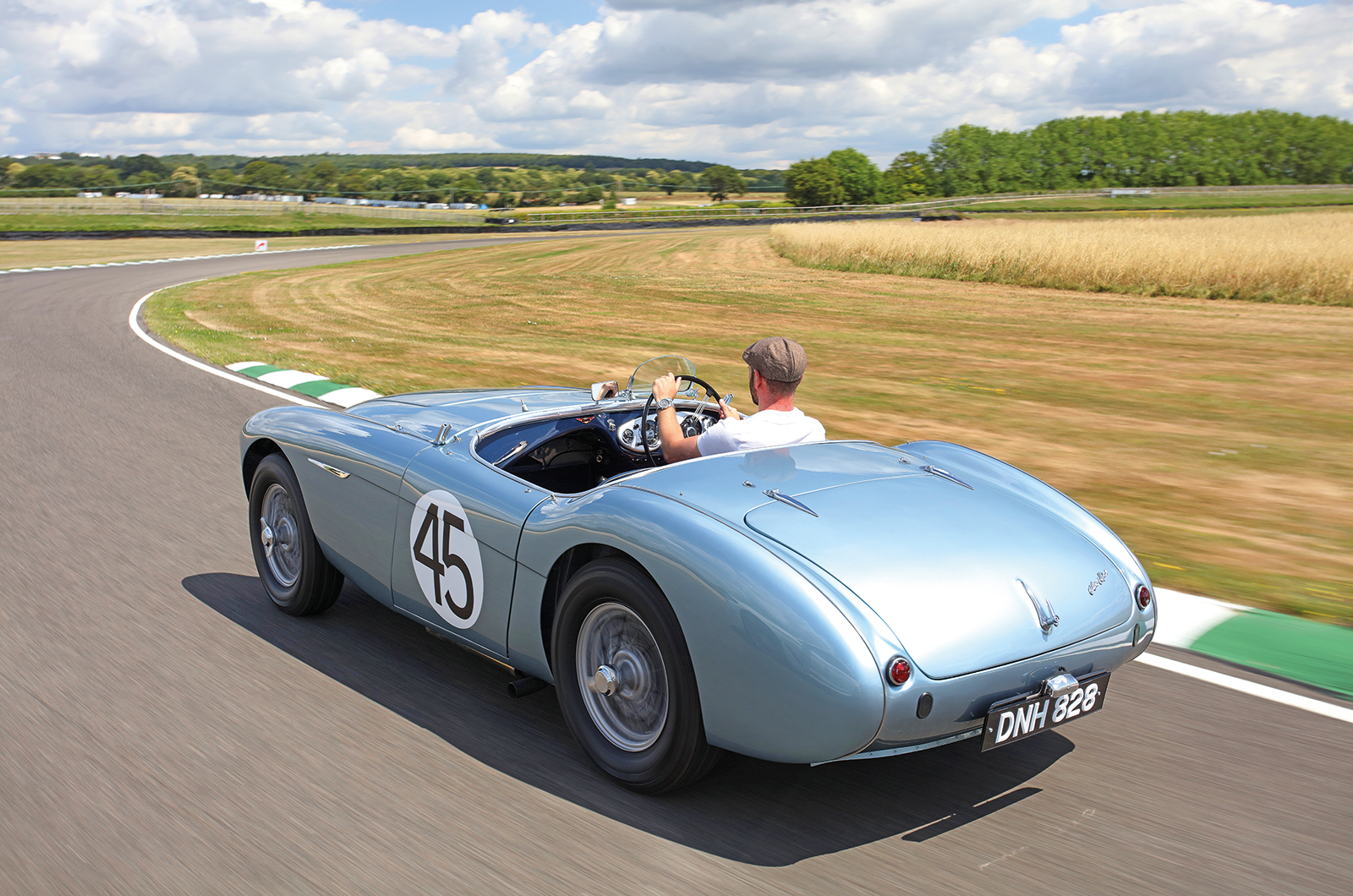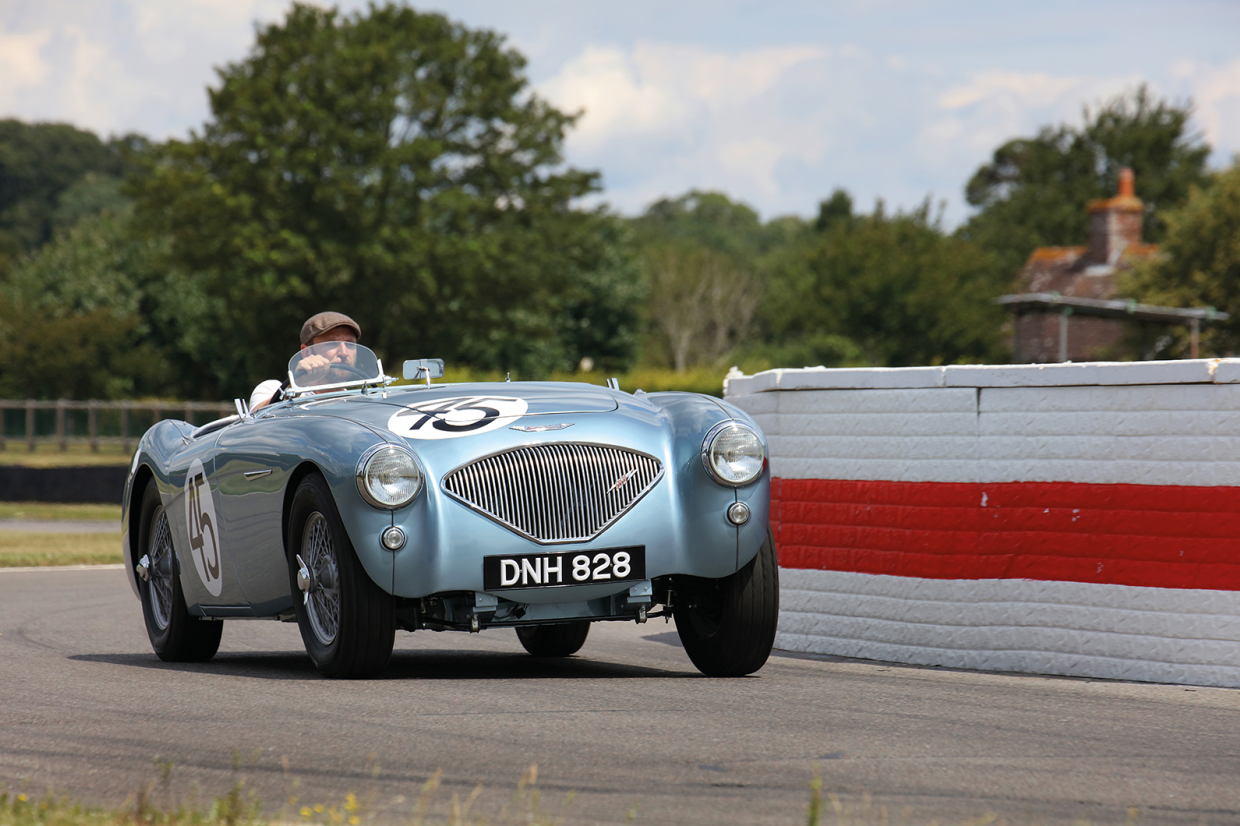
The sight of an Austin-Healey threading its way through this famous chicane is nothing unusual in itself, a scene played out every year since the first Revival Meeting in 1998.
But for marque specialist Bill Rawles, sons Charlie and Jack, and this car’s lucky owner, today represents the culmination of a five-year project; of endless days researching in libraries; and of more than 1700 man-hours spent hammering, beating and fettling, bringing to life a piece of Goodwood history that might well have been lost for ever were it not for their joint endeavour.
The car’s owner, modest to a fault, would rather remain anonymous, but his is a rap sheet that would put most of us to shame.
Countless cars have passed through his hands over the years, from a Riley Imp to one of two Singer Le Mans to have competed at La Sarthe, yet no marque has resonated in quite the same way as Austin-Healey, a passion sparked when he embarked on the restoration of a rare 100M.
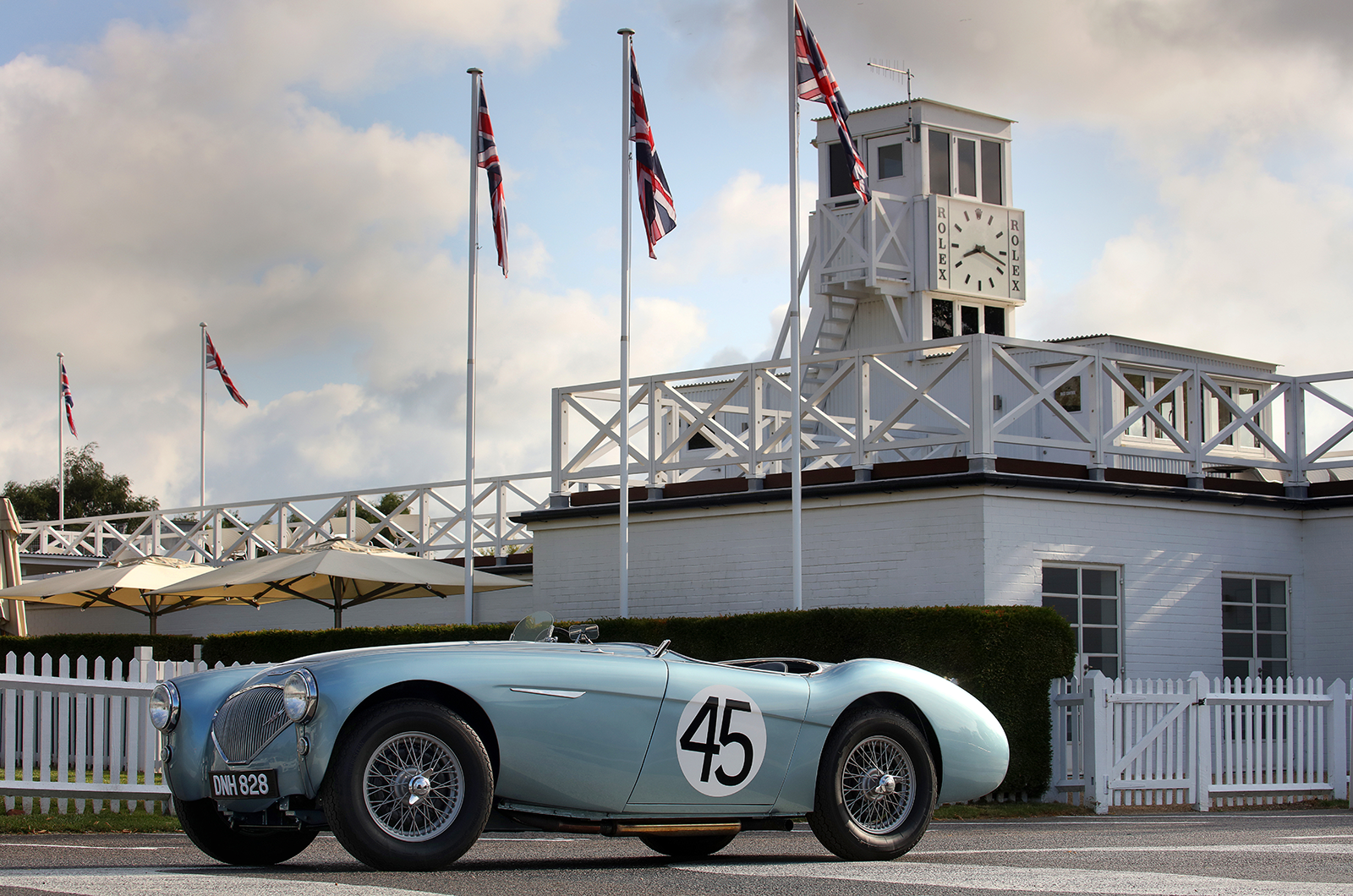
Being such a fan, his quest led inevitably to the pinnacle of the Healey totem – a 100S, which in turn brought him to long-time specialist Bill Rawles.

